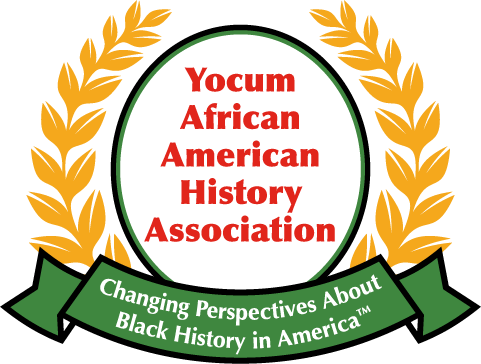The Lewis and Clark Expedition opened the door westward. Frontiersmen, pioneers, and enslaved ones saw new opportunities on that western horizon. Lewis and Clark and their Corp of Discovery are celebrated and remembered for their brave exploration into the unknown American wilderness. Yet, one Corp member needs to be better known, celebrated, and even mentioned in history in such a way as the others were. Yet, this member had just as important, if not significant, part in the exploration as the others. His name was York.
William Clark received the young slave York from his father at a very young age. Although York was a slave and personal servant to Clark, they did grow up together and most likely had a special relationship, for York was probably very much depended upon. When President Thomas Jefferson commissioned an expedition across the wilderness to explore the unknown and find a route connecting the river to the Pacific Ocean, it would not have seemed unusual for Clark to bring his slave along. Within his journal, York is mentioned several times, including going to St Louis to embark on the expedition with Meriwether Lewis.
York had a vital role during the expedition. It is important to note that he was part of the Discovery Corp as an equal member during the trip. York would go on hunting parties to help feed the group. He went on a small group exploration of the river that split and was part of the decisions and input made in this. York assisted his fellow Corp members when they were sick and was even given the respect needed when he was not feeling well. This expedition was not of his choosing, but he did what was needed and came home back to enslavement, not celebration.
The most significant contribution that York made during the expedition was that he was, in fact, a Black man. The tribes that the men encountered had never seen any such man as this and were very intrigued. York was very tall, strong, and had dark skin. The Nez Perce were known to paint their skin black for battle, so to see such a man with skin naturally dark was something of wonder, and respect. He was named “Big Medicine” or “Black Indian,” and they marveled at not only the color of his skin but his skills and abilities. York had much to do with trade, negotiations, and assistance from the Native American tribes. This included Sacagawea’s tribe when she went along with them as a guide as they made it to the Pacific Ocean.
Reflecting on York and his contribution to the expedition as a Discovery Corp member reminds us of that African American History is fully a part of American History. Their expedition may not have been as successful had it not been for the slave who for at least two years was treated as a man equal to them and their working together along his side. When you hear of the Lewis and Clark Expedition, you remember the young native American girl who guided them and the brave men who boldly took on this wilderness exploration. Still, you also know that there was a slave part of the Corp who, without choice, boldly embarked on this journey. This slave was a major part of the peaceful journey that safely made it to the Pacific and back home.

